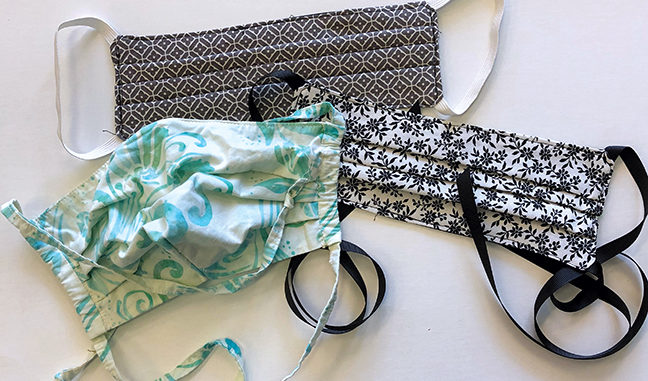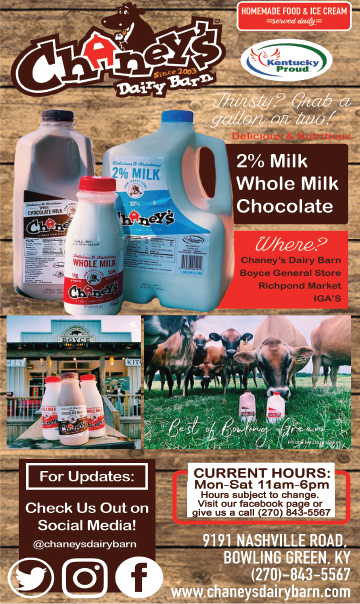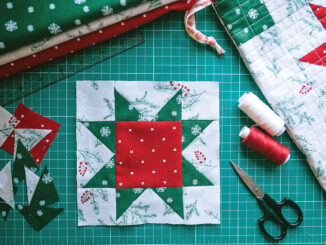
As we deal with the Coronavirus, many of us find ourselves sewing to help our family, neighbors, and community. Sewing has always, for me, been a way to deal with stress and this current situation is no different. I can find solace through the act of sewing while also providing family and friends with needed items.
Sewing facemasks is an easy way to contribute. As with any donation sewing, if you want to make items for a specific group, check with them to see what is required in terms of design and material. Facemask patterns abound online so choose one that fits your skills and available supplies. The CDC (Center for Disease Control and Prevention) has instructions for a simple sewn version made from 2 layers of fabric and an unsewn mask made from a T-shirt. Many face mask patterns call for elastic, which is in short supply; I have been making my masks using fabric ties. As for fabric, use one that is tightly woven. Most good quality quilting cottons will work, as will batiks which have a bit tighter weave. These are fabrics that will hold up with repeated washings.
Some of the mask patterns call for a filter. Non-woven interfacing or machine embroidery stabilizer will work for this. If using embroidery stabilizer, make sure that you use one that does not wash out. The stabilizer should be labeled as a cut-away. A medium to lightweight non-woven interfacing also works and can be either sew-in or fusible. Some mask makers are also using vacuum cleaner bags that are HEPA rated as filters. Remember that these homemade masks are NOT medical grade but can provide some help in protecting others from your respiratory droplets. Washing hands and avoiding touching your face are also important practices for curbing the virus spread.
For more information on making masks, I suggest the following sources:
•Center for Disease Control and Prevention (www.cdc.gov)
•The Fabric Patch (www.fabricpatch.net)
•Thangles Face Mask Pattern (www.thangles.com)
If you like to quilt, there are several organizations that will accept donation quilts. You will need to check with each of these for specifics on sizes, etc. that are needed. One of the most well-known quilt donation charities is Project Linus which gives blankets and afghans to children in need. Their mission is to “provide love, a sense of security, warmth, and comfort to children who are seriously ill, traumatized, or otherwise in need…” They accept not only quilts but also knitted and crocheted items. The Project Linus website (www.projectlinus.org) has many suggestions for items along with downloadable patterns.
Another popular charity for donations is Quilts of Valor (qovf.org). The mission of this foundation is “to cover service members and veterans touched by war with comforting and healing Quilts of Valor”. As of 2014, over 100,000 quilts have been provided to veterans. The website contains extensive information on the foundation, state/regional contacts, and suggested patterns for the quilts.
Quilts for Kids is another organization that accepts quilts for kids. Visit www.quiltsforkids.org for information on this group. They are also accepting masks for children’s hospitals. Specifications for donations are detailed on the site.
Glory Baby Ministry is an organization with a local branch that is doing some mask sewing as well. Glory Baby specializes in burial and memorial packages for miscarriages, stillbirths and infant loss. For more information, check Glorybabyministry.org or search for the Glory Baby Ministry-Kentucky page on Facebook.
Sewing provides solace to us, the makers, and to our community at large during times such as these. If you haven’t sewn in a while, this is a good time to get your machine out, rummage through your scraps and create some items that will help both you and the community.
-submitted by The Sewing & Vacuum Center





